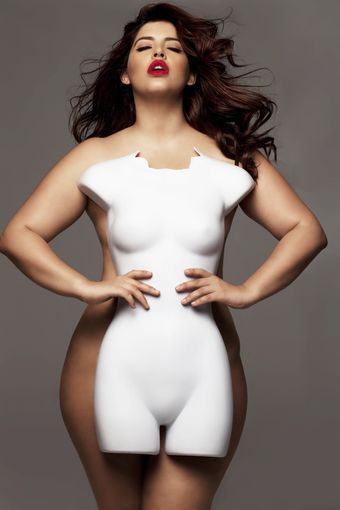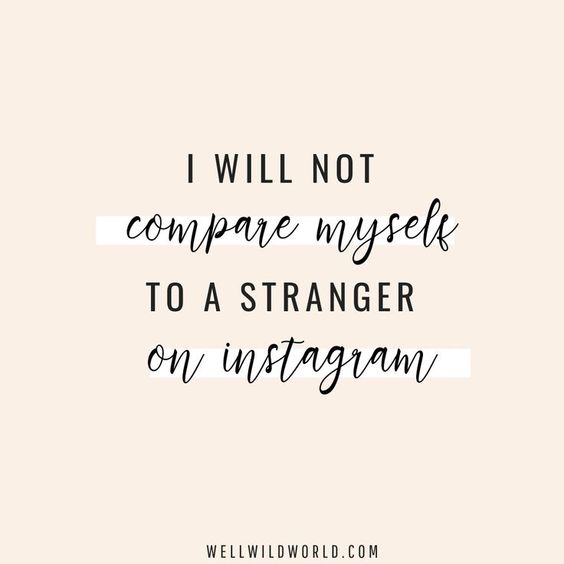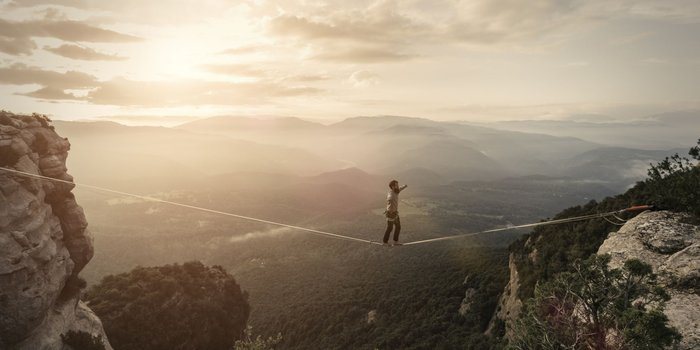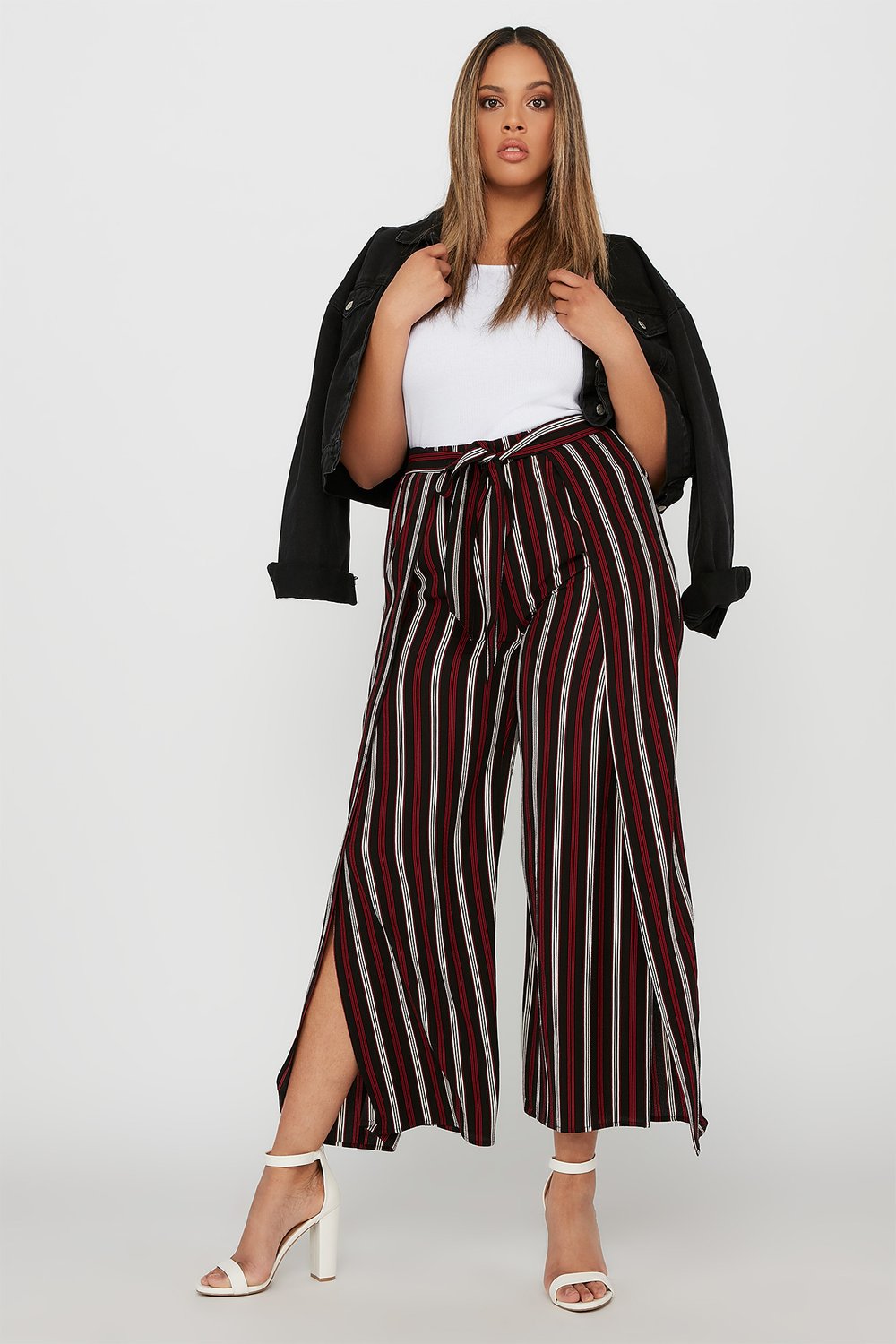
The Inclusivity of Plus-Sizes in Retailers and Brands
Could you imagine looking towards a future, where size is irrelevant in clothing stores. Living in a fashion world where terms like “straight size” and “plus size” don’t matter much because all physiques are represented. According to statistics cited by Walmart, more than half of US women ages 18 to 65 wear a size 14 or higher. Analysts expect that number to grow. Yet extended sizes represent less than a fifth of women’s overall clothing sales. Top retailers are starting to wake to a $21 billion industry they’ve been ignoring for years: plus-size women’s clothing. They’re strengthening their selection to capture new shoppers and meet increasing demand for trendy women’s clothing in broader range of sizes.
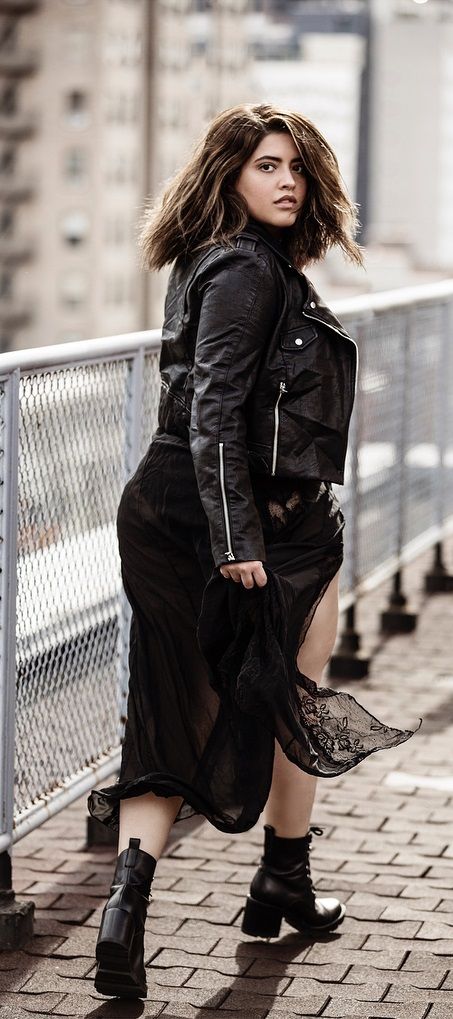 Brands That Are Getting on Board
Brands That Are Getting on Board
For decades, Lane Bryant stood out as the rare retailer that specialized in plus-size clothing and still does. Walmart bought plus-size clothing brand Eloquii. Eloquii makes clothing exclusively for women sizes 14 and above. This was Walmart’s latest move into the plus-size industry. They also launched Terra & Sky, a private label brand and Modcloth, a startup Walmart bought last year that sells extended sizes.
Old Navy is bringing its formerly online-only plus collection to 75 stores with their “Size YES” campaign. J Creew is partnering with Universal Standard for expanded sizes on a fall and winter collection. Nordstrom is trying to eliminate gaps in sizes by adding more 14, 16 and 18 choices at 30 stores, with 100 brands. As well as featuring a broader range of mannequins. Target and Kohl’s have focused on their plus-size private labels. All due to brands and retailers finally seeing plus-size as a significant growth opportunity.
Beauty Comes in All Shapes and Sizes
Influencers and the transparency of the Internet are what has brought awareness to the fact that plus-curvy women have been left out for too long. Luckily, brands are starting to take initiative to make changes in the industry. But what took so long? According to Nicolette Mason, plus-size fashion blogger and influencer, there’s a lot of old-guard exclusivity that’s neem in the fashion and beauty worlds – standards that were set by people who were in power, and it look pretty homogenous for a long time. Although the demand for size inclusivity has disrupted both industries for the better, the effect feels much greater with beauty – mainly because, in fashion, a curve model, is still that, a model, with her above -average height and ideal proportions.
From the Business Perspective
From the business side, the industry has been so slow on the uptake, mainly for fear of doing something different. And now it’s all happening due to the brands that are brave enough to do it, that are getting the acknowledgment and positive responses from social media. Social media has been a huge force in pushing the issue along. Brands that are being more inclusive are reaping the rewards, both in consumer feedback and in sales.
Retailers Need to Get Better at Finding Plus-Size Models
There has been a phenomenon of retailers not using truly plus-size models to model plus-size clothing. This has caused outrage and it’s insulting for a number of reasons. The first being that finding a plus-size or curve model is not hard – at all. There are entire sections of massive agencies like Wilhelmina, IMG and Milk dedicated to plus-size and curve models. Another option is the plenty of sites that stand as good references for what it looks like to have more diverse, curvaceous women modeling plus-size and curve clothing. Retailers such as Lane Bryant, ModCloth, Asos and Torrid, which show many great and different curve and plus-size models. Using a model who’s size 6 in plus-size clothing makes women think they are still not good enough.


